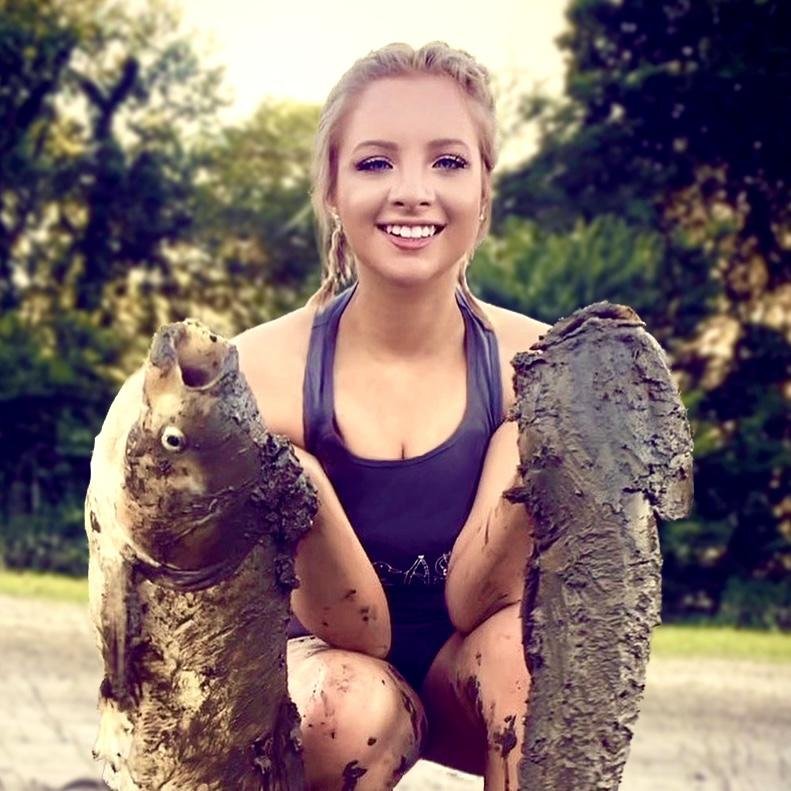The Environmental Benefits of Bow Fishing
I grew up in Mount Vernon, Indiana, where the Ohio and Wabash River meet. As one can imagine, fishing is a common sport in this area. We also do another type of fishing, only it is done with a bow and arrow. Not only is bow fishing a growing sport, but it helps to improve our ecosystem as well.
We have a major problem plaguing our rivers today. The invasive Asian Carp population is growing exponentially. For hundreds of years the Crappie, Bluegill, and Bass were plentiful. In the 1970’s, however, everything changed. Carp were imported from Asia to help keep retention ponds clean. This idea worked well until the ponds started overflowing into the rivers. These fish escaped into the Mississippi River and eventually migrated to almost every river in the midwest. The Asian Carp flourished as they consumed the algae in the water. The native baby fish also need this foodsource to survive and grow. Slowly the algae started to disappear, causing the Crappie, Bluegill, and Bass population to dwindle.
Skip forward to 2022, the Asian Carp population is worse than it’s ever been. Since these fish feed predominantly on algae, they are difficult to catch with a rod and reel. Therefore, most people use a bow and arrow to catch them. With the growth in numbers, bowfishing has become a popular sport. In fact, bowfishing tournaments are on the rise. How do you win? Shoot the most Carp.
People have made it their full-time job to eradicate Asian Carp, and it can be a well-paying gig. The focus is to prevent them from moving into the Great Lakes. At least in the river, they’re in a much more manageable space to eradicate. I once watched a documentary about the barriers created to prevent Carp from moving up-stream. It works well, but they can still slip through. From underwater cannons to scare the fish, to electrical pulses in the water, many measures are being taken to protect our Great Lakes.
Near Mount Vernon, Indiana, we have a large mass of water called Hovey Lake. Once a perfect location to score some of the best Crappie, Bluegill, and Bass; it is now a hub for Asian Carp. The days of sportfishing for the native fish have been severely impared since the Asian Carp are consuming the very organisms needed to keep our natural ecosystem alive and healthy.
When I was in high school, I was introduced to bowfishing. We went to the levy near the Ohio River. I had never seen so many Asian Carp in my life. Thinking it was a fun and cool experience, I quickly learned that this sport actually helps to relieve this serious Carp problem. I started doing research, watched probably too many bowfishing videos, and tagged along on as many bowfishing trips as I could. I learned the techniques for the perfect aim as well as how to dispose of them. It’s illegal to throw the Carp back into the water, as they might survive and continue to breed.
One night my brother dressed and fried an Asian Carp that he caught while bowfishing. It was delicious! This changed my perspective on how we dispose of them. If done right, they can be very tasty. These fish are common in the Asian diet because of the nutritional value. My goal is to spread awareness that these “trash fish” can be a delicacy. I hope one day these overpopulated fish will be more common in restaurants. The demand is so weak here in America. Large Carp like we see in the American rivers are rare in Asia because so many are consumed. As stated in many articles I’ve read, “If you can’t beat em’, eat em’!”
I worked two jobs one summer and saved up to purchase my first bow. Bows can be customized to the purchaser’s preference. I installed a trigger flashlight mounted by my sight, and a shiny red reel below it. At one time, I had a side reel attachment but later learned that it can greatly affect the shooter’s aim since it pulls slightly to the side where it’s mounted. Some hunting bows can be customized for bowfishing. The string cannot be connected to a standard arrow. It must be the type of arrow made for bow fishing. The tips are also specially made for bowfishing, since they have barbs that can be reversed to pull out of the fish.
I have learned bowfishing is equal parts fun and rewarding. If one ever thought about getting involved in bowfishing, there has never been a better time to start. Not only is it a great sport, it’s helping to reduce overpopulation of the Asian Carp.
-Delaney Pfeiffer, Fall Obsession Field Staff

